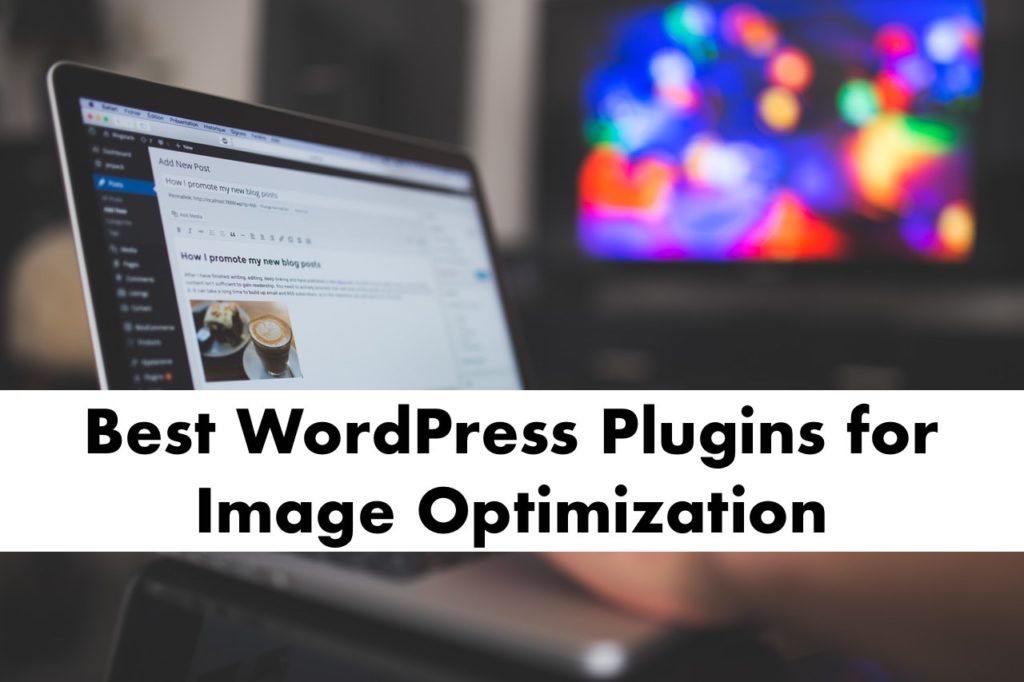Inserting a picture can go a long way in making the audience understand your content better.
Adding relevant images and infographics is one of the best ways to improve the quality of an article, according to Toronto seo expert Matthew Goulart.
But, the very same thing could also negatively impact your blog or website if the pictures are not optimized properly.
Before we dive into image optimization tips, let’s take a quick look at why you need to optimize pictures you publish on your WordPress website.
Why image optimization is important
If you have been in the SEO game for a while, you should know how important page load speed is to improving SERPS ranking.
A page that loads up within a matter of, say, one or two seconds will have upper hand in search results, as opposed to the one that takes a while to load.
Google, as well as other search engines, highly recommend that you optimize your website and content for speed and responsiveness.
Apart from SEO benefits, faster web pages also mean higher conversions and better user engagement for your business.
If you don’t have a lot of visual elements on your blog — or none like this website, for instance — then image optimization shouldn’t be a concern at all.
On the other hand, if your web content has plenty of images or even a large featured image on top like this article from DropJack (source: https://dropjack.com/2020/06/23/are-you-sure-youre-going-to-move-during-the-coronavirus-lockdown/), then image compression should be a top priority.
If not optimized, images could significantly weigh down on the size of a web page, thereby affecting its loading time.
Image optimization refers to many things in SEO, but the main objective is to reduce the overall size of an image file without affecting its quality.
Some other ways of optimization include:
- Giving an apt name for your image file
- Providing a fitting alt attribute text, including relevant keywords, for image search engines to better understand your image
- Choosing the right image file type (JPEG, PNG, GIF, etc.)
Four must-have plugins for image optimization
Smush
With over 1 million downloads, Smush is one of the most popular image optimization plugins available for WordPress. On activation, it automatically compresses images as you upload them on your WordPress website. There is also a feature called Bulk Smush that will come in handy if you would like to optimize more than 50 pictures at a time. Besides that, the plugin comes with several other features, including lazy load and incorrect size detection. Paid versions, starting from $6 a month, offers several additional features, including WebP support and image file converter.
reSmush.it
reSmush.it is yet another free WP plugin that lets you optimize your image uploads. It supports optimization on multiple image formats, including JPEG, PNG, and GIF files, which are up to 5MB in size. Just like Smush, this one also comes with the ‘Optimize on upload’ feature as well as the bulk optimizer that lets you compress all your pictures in just a few clicks.
EWWW Image Optimizer
The EWWW Image Optimizer is yet another popular image optimization plugin for WordPress sites. While it offers paid plans, the free version should be more than enough for most users. It comes onboard with auto-optimize, and bulk-optimize features, as well as allows for integration with other plugins — meaning, it will optimize pictures uploaded or created by other WordPress plugins.
TinyPNG’s Compress JPEG & PNG Images
As the name suggests, Compress JPEG & PNG Images plugin from TinyPNG helps reduce the load time of your website by compressing your JPEG and PNG uploads. Signing up a free account grant you access to numerous features, including automatic optimization, bulk optimization, animation PNG compression, and many more. However, it is worth noting that free account users can only optimize up to 500 images a month.




